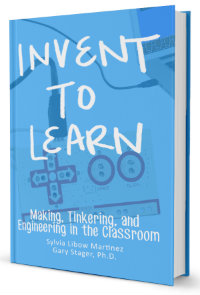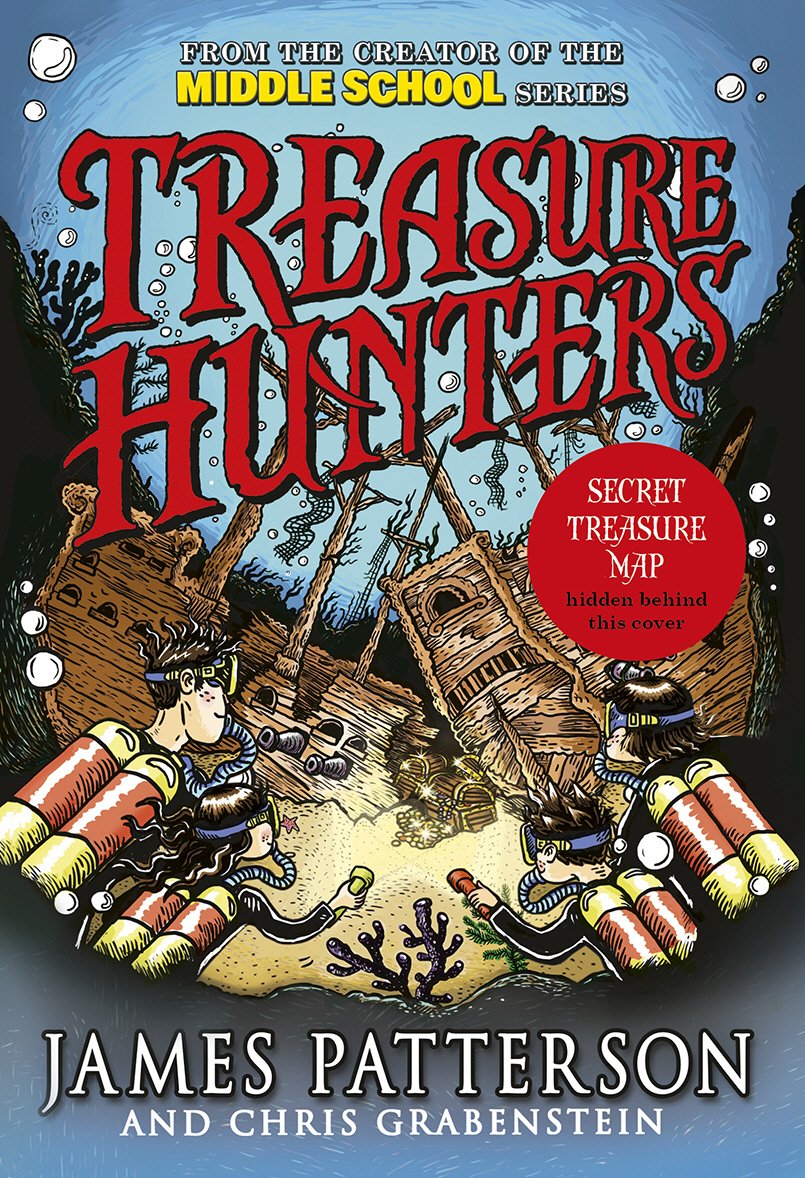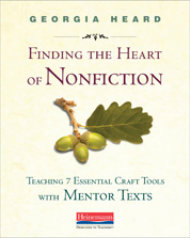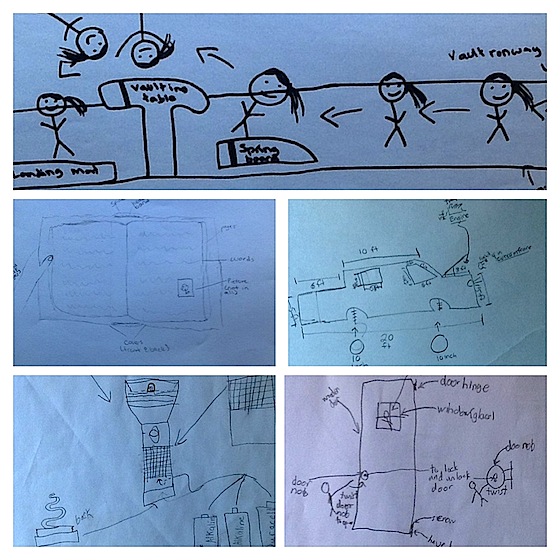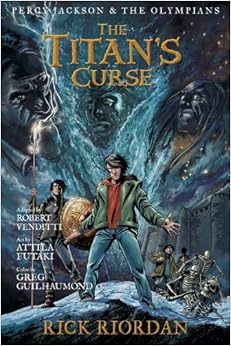
I’ve just finished up House of Hades with my nine year old son, and like the other books that writer Rick Riordan has put out in his Heroes of Olympus series, the sense of action, intrigue and adventure fuels the tales of Percy Jackson and his demigod friends as they seek yet again to save the world. This time, the mission is to close the Doors of Death in Tartarus before the Earth goddess Gaia arises and destroys the Roman and Greek gods and goddesses, and anyone associated with either.
There’s a predictability to the books that I have come to expect: the demigod youths split up, set off on different missions, come close to death, find impossible tasks, figure out a way to persevere, and then accomplish what they need to accomplish, come back together as a team, and plan for the next mission which will require them to split up (in the next book). There’s enough action and adventure in House of Hades, though, that I don’t mind, and my son doesn’t care — maybe he likes that predictability — because he is so attuned to the action going on in the story.
I’m more intrigued with a few of the minor characters that Riordan has developed over the course of the last few books in this Heroes of Olympus series. Sure, there is Percy Jackson — the anchor of Riordan’s books – and Annabeth, of whom I have written about before, and Jason (son of Pluto) and more. But four characters that I have enjoyed watching develop slowly are:
- Leo — The Greek son of Hephaestus, he is the consummate tinkerer and I have come to appreciate his skills more and more as I have become more involved in the Maker Movement. Leo is always remixing his world, taking parts from here and there, and pulling them together to make something new. There’s a great scene in House of Hades where Leo is falling from the sky, but has enough wits about him to create a modified flying machine to save himself. Talk about a Make!
- Hazel — A Roman daughter of Pluto, she is emerging as one of the more powerful demigods in the group, particularly as she pulls in more magical abilities and finds confidence in her abilities. Hazel ability to control the Mist was a key component here, but I suspect it may be more important as the series moves on.
- Frank — A Roman son of Mars with family roots also in Chinese mythology, Frank also emerges as a different character in this book after he is tested and survives. His lifeline is a small piece of wood, literally, and if it burns to ash, Frank’s life is over. But he is now learning how to find confidence in strength and power, and to tap his arguing fathers (Greek and Roman personalities at war in his head) to emerge as the protector soldier he is destined to be.
- Nico — Now here is another character who has been around since the first series and has always been somewhat of a mystery. Nico is a child of Hades (and distant brother to Hazel). He’s not really part of the demigod team here, and yet, his skills at navigating the Underworld prove important on many levels. Interestingly, we learn more about his stand-off nature and how his unrequited and hidden love for Percy Jackson has eaten away at Nico for years. (Percy has no idea). My son and I had an interesting discussion about boys liking boys in one of the more dramatic scenes where Jason befriends Nico, who finally admits to his sexual orientation. It’s daring for Riordan to put that in the story, I think, although it is a small section that only gets briefly references to later on.
Overall, House of Hades finds a solid place in the Heroes of Olympus series, and as my son turned to the back pages of the book, he found what he was looking for. The next book — The Blood of Olympus – comes out in the fall of 2014. We’ll be waiting.
Peace (in the myth),
Kevin
